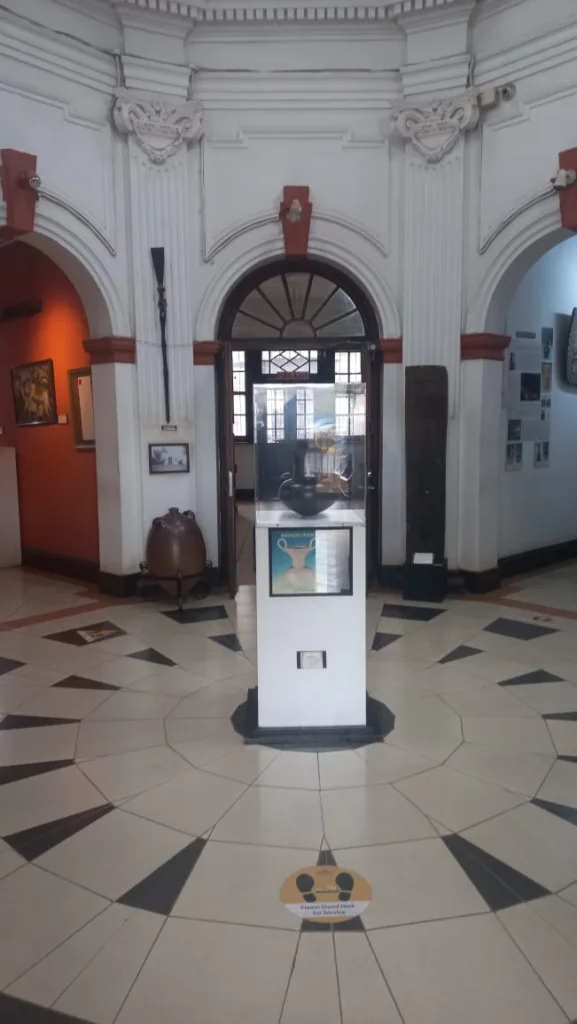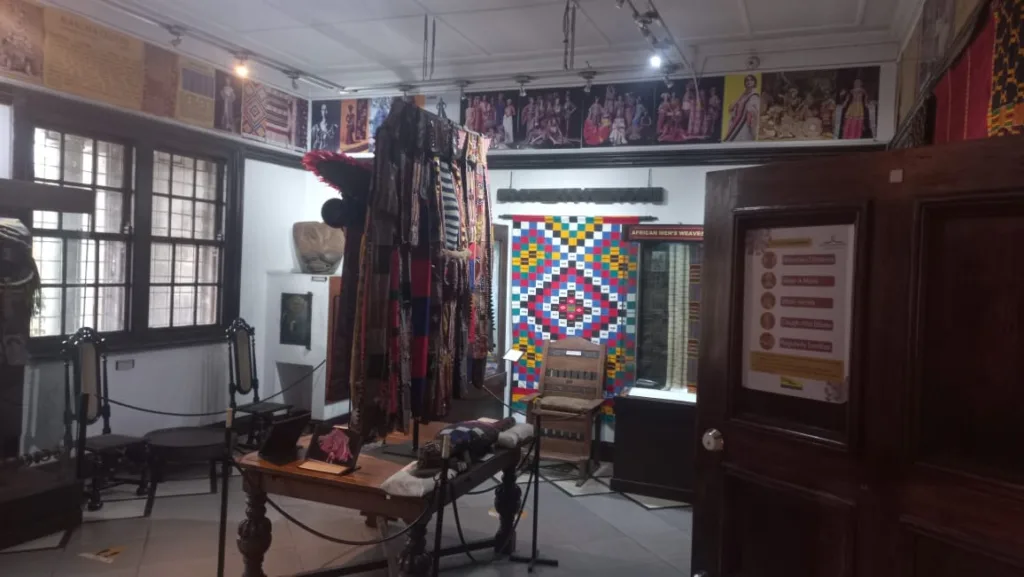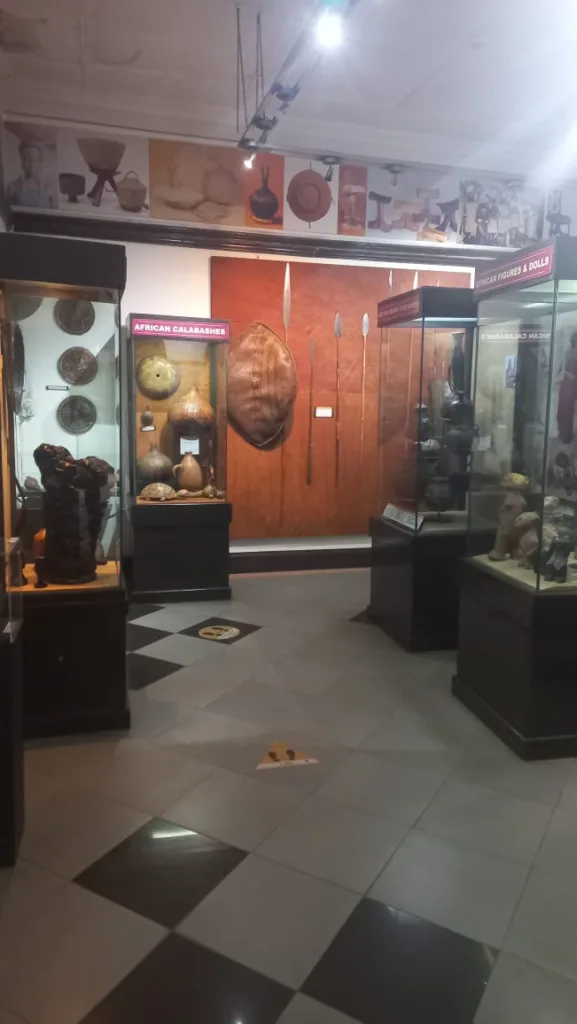Not many are familiar with Joseph Murumbi, Kenya‘s second Vice President. Today, we narrate the poignant tale of this pioneering figure. Born to an Indian father and a Kenyan Maasai mother, Murumbi was a passionate collector, offering a deep appreciation for Kenyan culture.
Influenced by his father, he chose to stay with his mother’s people, realizing his place wasn’t in India. During Kenya’s precolonial revolt, Murumbi formed a friendship with Joseph Kenyatta, a prominent Mau Mau freedom fighter. As Kenya embarked on its journey to independence, Murumbi, having studied in India, was a perfect candidate for international affairs.

Unfortunately, he was denied a UK visa and falsely accused of murder and theft due to suspicions of Mau Mau’s involvement. He spent nine years in Europe, where he met his incredible wife, Sheila. They both developed a passion for Pan-African art. His fantastic collection is the foundation for Pan-African art, presented by the National Museums of Kenya.
The magnificent National Gallery stands at the historic “Point 0” in the city center, home to the prestigious Murumbi collection. Collected between 1950-1980, it includes a gleaming pot from Kisumu by Marget Odundo. Upon entering, you’re greeted by sculptures and artworks by African pioneers like Elkana Ongesa, Maggie Odundo, Sanaa Gateja, and Jak Karatikwe. The collection comprises a stamp gallery, jewelry, textile room, slave trade room, culture exhibit, and the pioneering gallery.

Through his collection, Murumbi aimed to showcase African arts and cultural unity. His works are similar to African art, textiles, and Afro-Indian furniture. For example, his textile collection includes Nigerian mud cloth, cassava juice-dyed fabric, and Lamba fabric from Madagascar, used in funeral ceremonies. It’s a journey through Africa during a time when the continent faced common challenges.

Additionally, his collection reflects Pan-Africanism. The “African Spoons Collection” consists of various serving spoons from different African regions. They were used for family, elders, and enslaved individuals. The wooden spoons share a circular and hollow design, often identifiable by their ethnic origin, like the Samburu people, who used giraffe threads for adornment.
Murumbi’s collection is a majestic tribute to Africa’s precolonial era. Managed by the National Museums of Kenya, it is a vital reference for early 40s Pan-African art research. Take a virtual tour on Google Arts and explore this diverse collection today.


